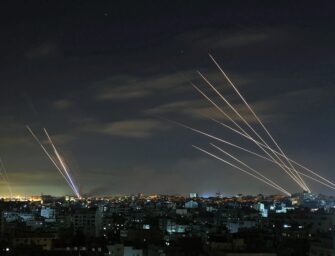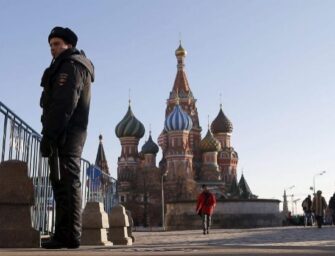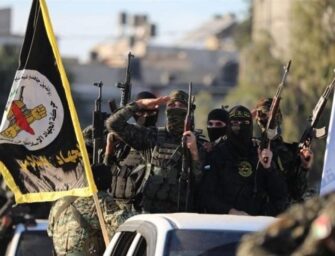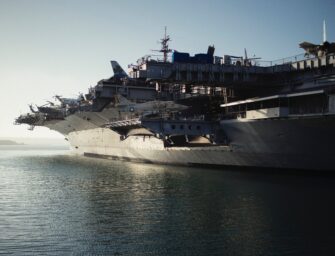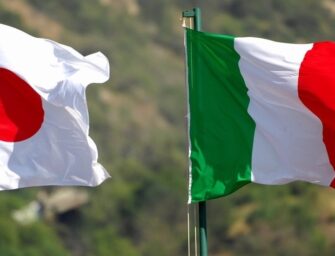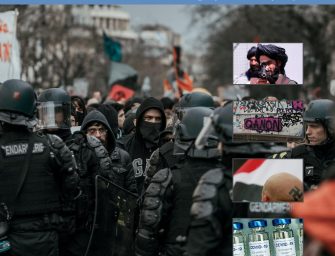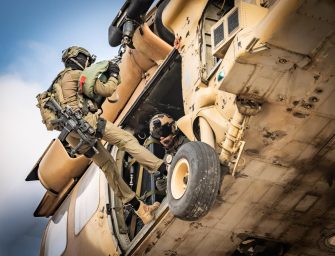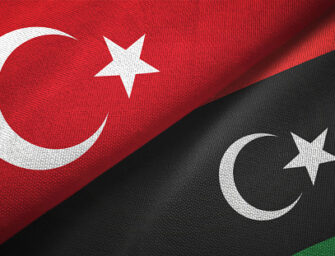China and Russia response to NATO’s increased attention to the Pacific ocean
by Andrea Molle.
The Sino-Russian response to NATO diplomacy in the Indo-Pacific, including the recent Italian efforts, was not long in coming. After the rumors of a new liaison office of the Alliance opening in Japan were confirmed, a hypothesis deliberately omitted from the official statement following Vilnius, the two countries have announced the beginning of a joint naval exercise in the Sea of Japan. The Sea of Japan is a crucial strategic theater for China and Russia. In particular, the Straits of Soya, Tsushima, and Tsugaru have essential implications for the national security of Beijing and Moscow. On Saturday, China’s Defense Minister said that Russian naval and air forces would participate in the “Northern/Interaction” military exercises organized by the Northern Theater Command of the People’s Liberation Army (PLA).
It should be noted that military relations between the two countries are nothing but new; for example, since 2018, China has regularly participated in major Russian exercises, including “Vostok 2018”, “Tsentr-2019,” and “Kavkaz-2020”. In August 2021, Russia also participated in the “Western/Interaction” exercises conducted in northwestern China’s Ningxia Hui Autonomous Region, the first in which China invited foreign militaries. In 2022, Beijing sent contingents of its land, naval, and air forces to Russia to participate in the “Vostok 2022” exercises, which took place in 13 Russian sites and various areas of interest in the Sea of Japan.
However, this latest joint training campaign, which adds to the joint patrol activity of the Sea of Japan and the East China Sea by the two Armed Forces, which began last June, seems a leap towards a fully committed strategic partnership. The Chinese Ministry of Defense stressed that while these joint exercises have an operational purpose, i.e., to improve the necessary capabilities to secure strategic sea routes, the development of closer military imposes China and Russia as the absolute guarantors of peace and stability in the region.
Several military experts also predict that these training activities will increase in the future, also thanks to a rotation between all five PLA commands, which could affect different strategic theaters and conflict scenarios, among which, of course, Taiwan.
Details about the Russian naval contingent are not yet known, but the Chinese squad includes the Qiqihar and Guiyang missile destroyers, the Zaozhuang and Rizhao missile frigates, and the supply ship Taihu, which set sail from the port of Qingdao, located in the Shandong province in eastern China.








